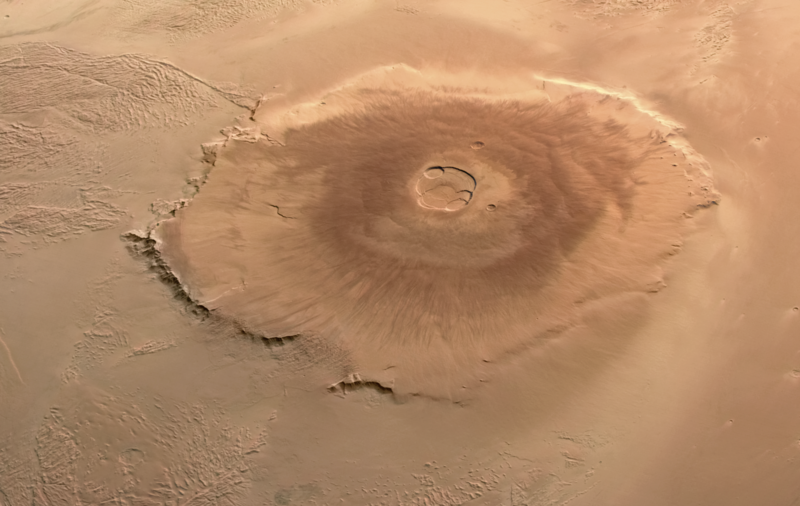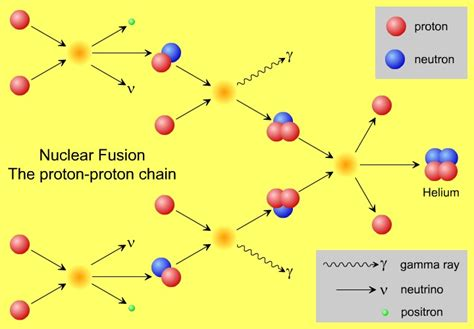The solar system began to form from a giant molecular cloud of gas and dust particles about 4.6 billion years ago. This cloud most likely experienced a shock wave from a nearby supernova, which could have made it collapse under its own gravity. It then began to spin and flatten into a disk shape due to conservation of angular momentum. Most of the material in this nebula was pulled towards the center, in which formed our Sun. Within the spinning disk, the process of accretion had tiny grains of dust colling that caused them to stick and form larger particles called planetesimals. These planetesimals continued to collide and accumulate to form planets. Close to the Sun, where it is hotter, only rocky materials could condense, leading to the formation of 4 inner terrestrial planets: Mercury, Venus, Earth, and Mars. As you go more towards the outside, the cooler, icy materials are able to condense, allowing for the formation of the outer gas giants: Jupiter, Saturn, Uranus, and Neptune. As the planets formed, they cleared out their paths of orbit, by gravitational attraction. However, some debris remained which led to the formation of asteroids and comets. Asteroids are rocky remnants from the early solar system that never formed into planets, primarily found in the asteroid belt between Mars and Jupiter. Comets are icy bodies composed of dust, rock, and ice that originate from the outer solar system and sometimes head closer to the Sun.
December 2025 S M T W T F S 1 2 3 4 5 6 7 8 9 10 11 12 13 14 15 16 17 18 19 20 21 22 23 24 25 26 27 28 29 30 31 Archives
- December 2024
- November 2024
- October 2024
- September 2024
- August 2024
- April 2024
- March 2024
- February 2024
- January 2024
- May 2023
- April 2023
- March 2023
- February 2023
- January 2023
- May 2022
- April 2022
- March 2022
- February 2022
- January 2022
- May 2021
- April 2021
- March 2021
- February 2021
- January 2021
- April 2020
- March 2020
- February 2020
- January 2020
- May 2019
- April 2019
- March 2019
- February 2019
- January 2019
- May 2018
- April 2018
- March 2018
- February 2018
- January 2018
- July 2017
- May 2017
- April 2017
- March 2017
- February 2017
- January 2017
- May 2016
- April 2016
- March 2016
- February 2016
- January 2016
- April 2015
- March 2015
- February 2015
- January 2015
- April 2014
- March 2014
- February 2014
- January 2014
- May 2013
- April 2013
- March 2013
- February 2013
- January 2013
- April 2012
- March 2012
- February 2012
Currently Used Categories
Tag Cloud
- astro201
- astro2110
- astrobiology
- astronomy
- blog1
- blog2
- blog3
- blog4
- blog5
- blog6
- blog7
- blog8
- blog9
- blog10
- brahe
- Class
- Comets
- Copernicus
- earth
- Europa
- extremophiles
- galilei
- galileo
- gravity
- history
- HW2
- HW6
- jupiter
- Kepler
- life
- Mars
- me
- Moon
- NASA
- Newton
- planets
- pluto
- saturn
- Solar System
- space
- technology
- telescopes
- tides
- Time
- Uncategorized






